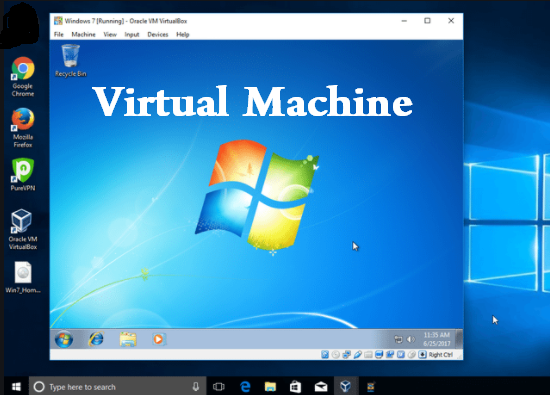Virtual Machine Definition
Virtual Machine Definition
A virtual machine is a simulation of an actual computer system by building a new virtual computer based on the original infrastructure of the original device and providing computing power through it so that the user can use the functions of the actual computer.
The virtual machine represents a computer file known as an image, and it performs the same performance that a real computer does as if you had created a new computer inside another computer.
And if you want to access the VM, you must enter it through an operating window from the actual computer, as if you were running any program installed on your machine, but when you open the window and start the virtual computer, it will give you a natural experience as if you are on the real host machine.
You may wonder about the data protection feature on the main computer as long as there is a virtual computer that works on it and uses its computing resources, the answer here is that the VM is completely isolated from the original device and a protection system is made on the virtual machine from the rest of the parent system so that the data stored on it cannot be accessed The original computer or its modification.
What is the use of a virtual machine?
Simulating the original computer creates an ideal environment to do several things such as:
- Testing of other operating systems
- Testing of new versions of operating systems
- Access to virus-infected data
- Performing a backup copy of the operating system
- The ability to run some programs and applications that do not work on specific operating systems
- Saving costs by reducing the need for physical hardware systems and maintenance costs, as well as reducing energy and cooling costs for them
Who controls virtualization?
The process of virtualization, management, and division of resources for the computer infrastructure requires a program that does all of that, and this program is the hypervisor. More than one VM can be run on the same computer, and the hypervisor takes over the full management of these devices, dividing the computer resources needed by each virtual device such as processor, memory, storage loans, network identification interfaces, and others.
And each virtual machine can run on a different operating system than the rest without affecting others.




Comments
0 comments